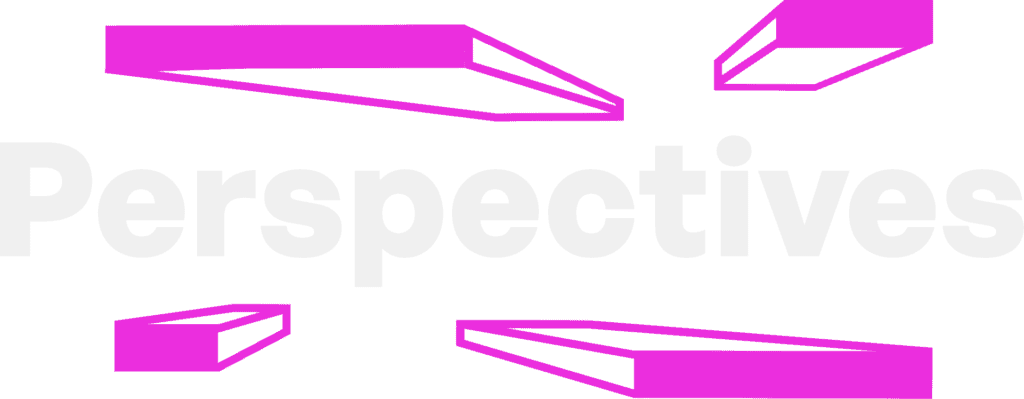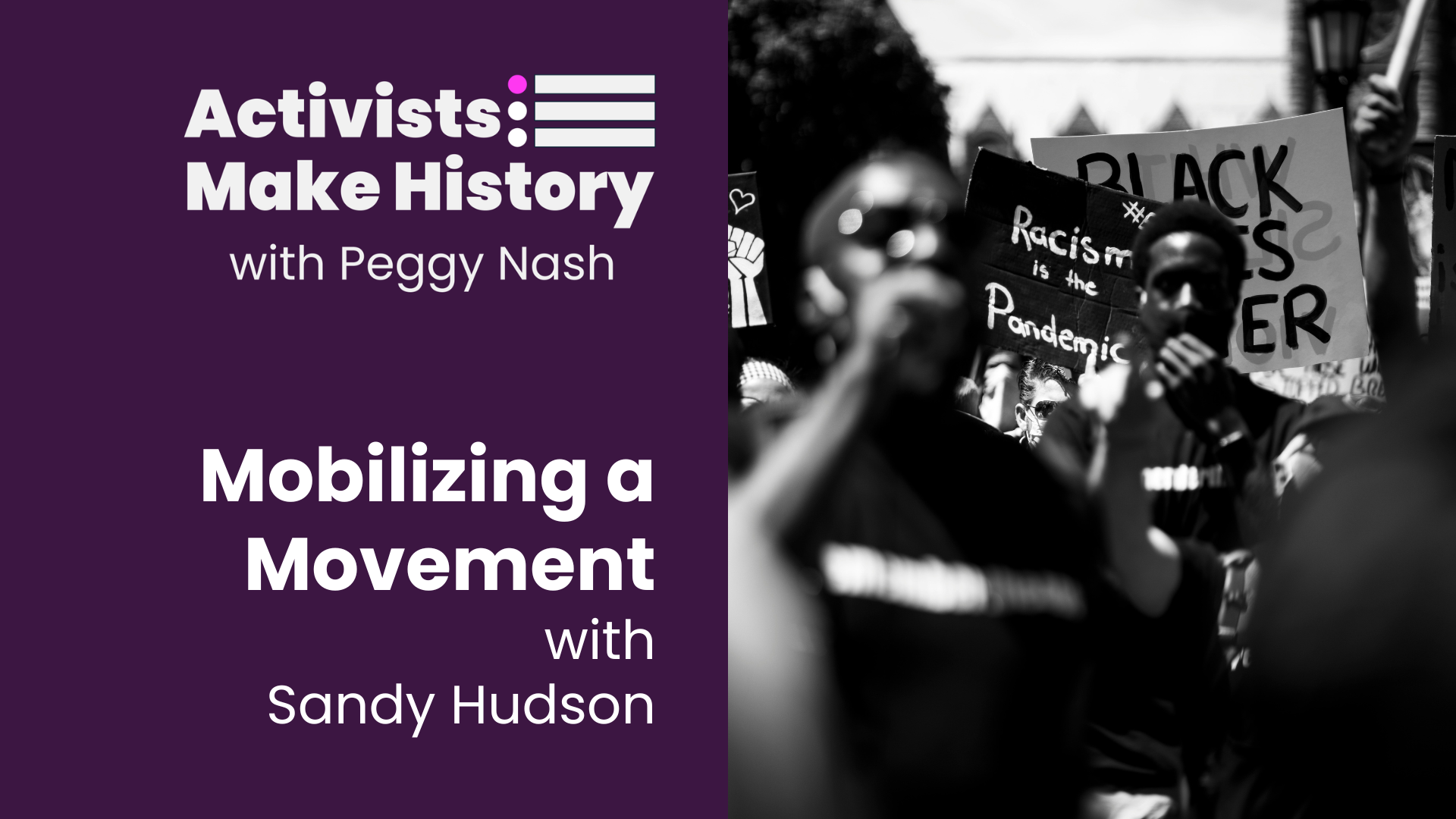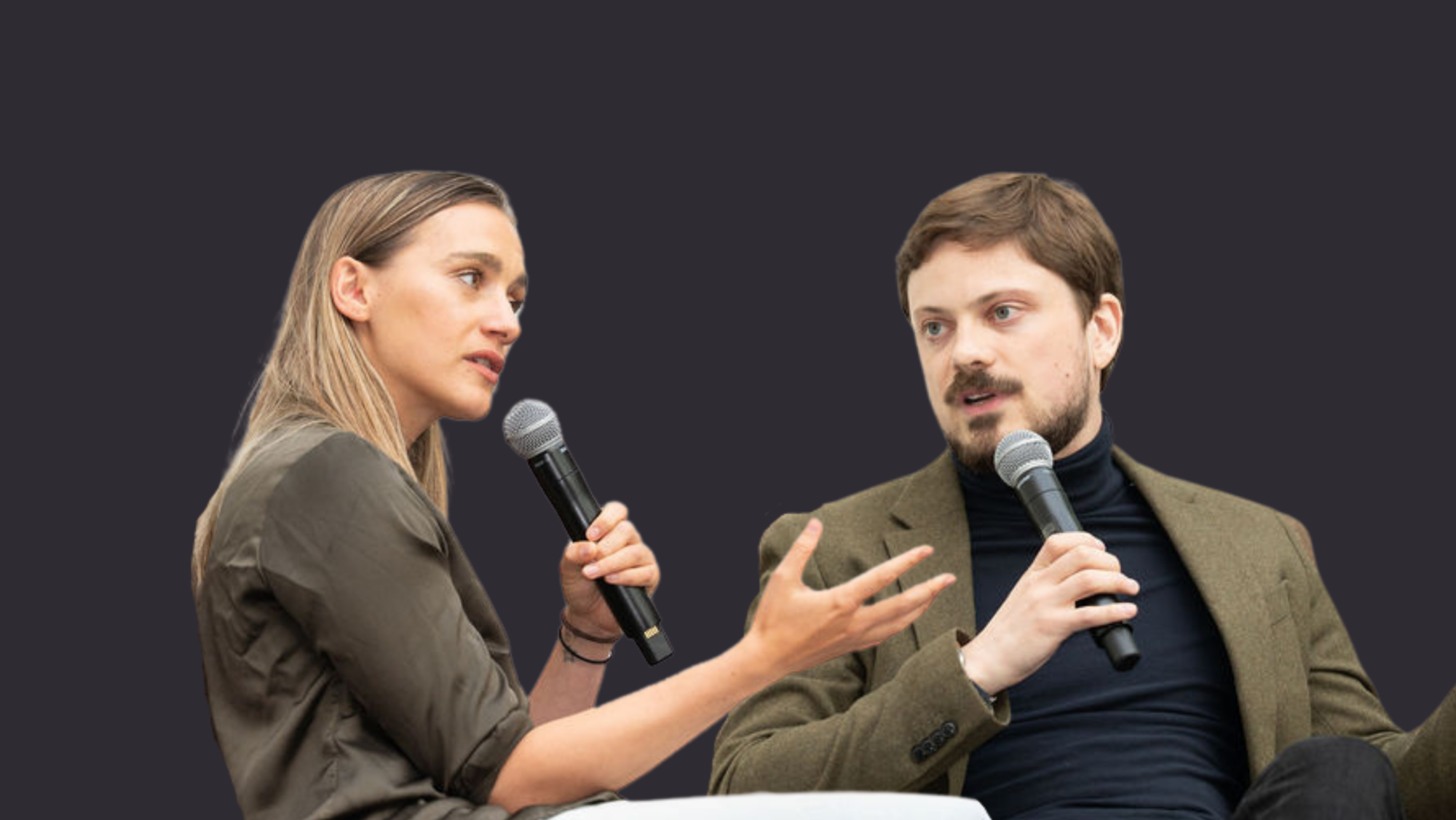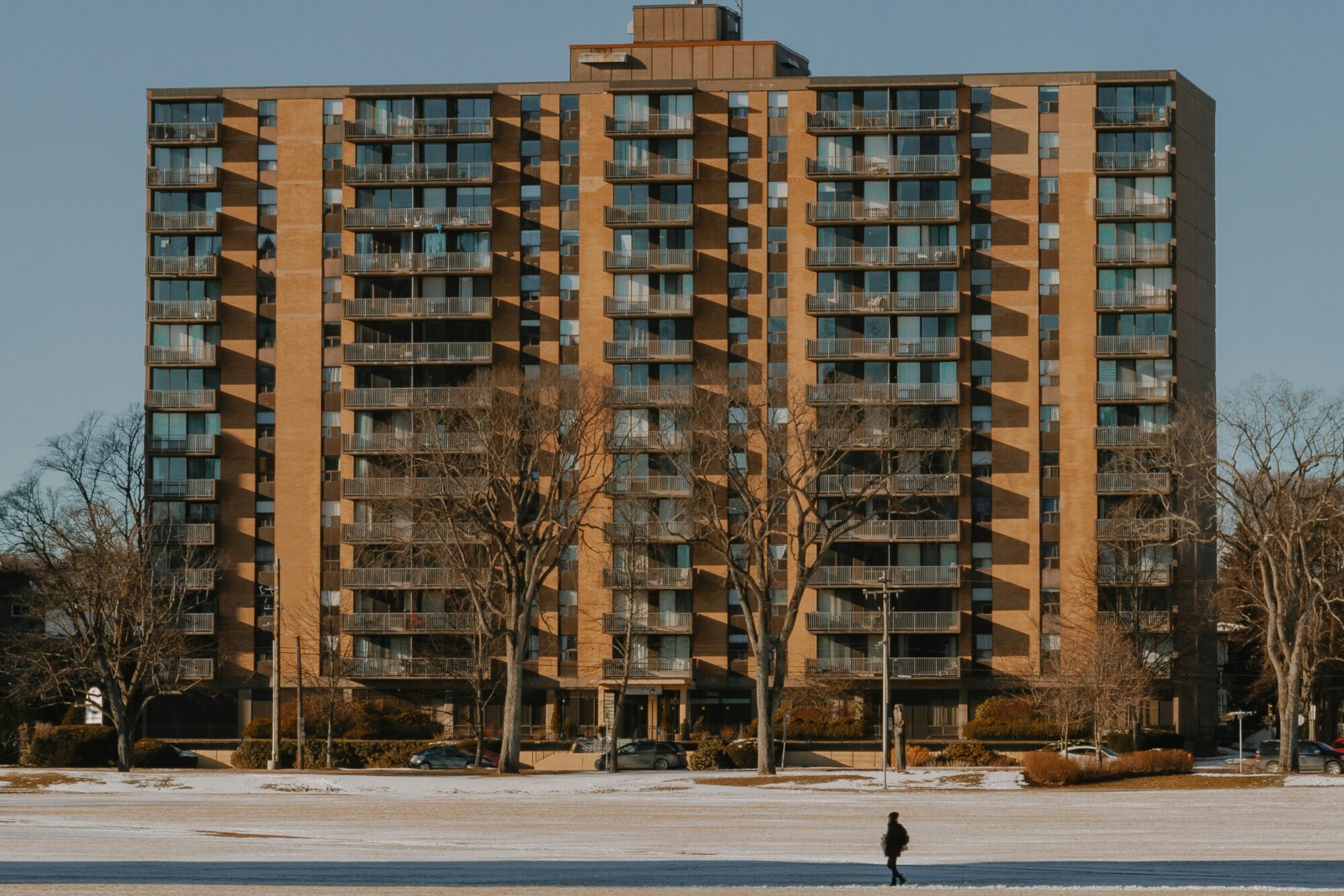Questions of Indigenous identity have increasingly gripped so much of the public imagination and discourse over the past several years.[1] Sadly, though, this is not a new topic in Canada or the United States. There have been ongoing issues and conflicts that correspond with the colonial classification of Indigenous peoples in both domestic and international law.[2]
There is a need for a broader and deeper analysis of the polarized ‘identity’ debate. What has taken place thus far in both popular and academic arenas are dichotomously framed debates that allow only a very shallow space for engagement, utterly failing to locate the issues and questions within their larger contexts. Such binary thinking flattens complexities and nuances and results in narrow and usually impoverished arguments.[3] Recently, some of these debates have become volatile and can even be described as forms of lateral violence.
The issue is not Indigenous identity, but rather Indigenous citizenship – and citizenship is a matter of governance. Instead of asking whether one identifies as Indigenous, the questions should be along the lines of, ‘Are you an Indigenous citizen? According to which law and legal process?’ Most importantly, such an approach is premised on understanding Indigenous law as law, and further, it locates questions such as those of citizenship in their respective deliberative and reasoned authorities rather than in either faith or force.[4] For example, citizenship is a legal determination and its source of legitimacy in civil society derives from meeting basic formal requirements and societal commitments (e.g., being general, transparent, inclusive, fair, etc.) albeit, in our imperfect world.[5] What the practice of Indigenous law requires, as do other legal orders, is the adherence to public processes and the demand that practitioners seek common judgment despite disagreement and dispute.
It is the shared common knowledge, as is evidenced in Indigenous oral histories and precedential memory commons, that are the resources for legal reasoning. According to Gerald Postema:
The use and acceptance of the law rested on a shared sense of its reasonableness and historical appropriateness. It was thought insufficient that each member of the law community believes the rules reasonable, or wise; they acted from the conviction that this sense was shared, a sensus communis. This learned capacity for reflective judgment – jurisprudence, we might call it – is a social capacity: the ability to reason from a body of shared experiences with normative significance to solutions for new practical problems.[6]
Law is contested, it can fail, and is always being constituted and is being constituted within the maelstrom of the political and economic dynamics of the day. But the point is, law can be contested. In contrast, the sources of legitimacy for faith or force in governance vary widely and are usually in non-democratic and authoritarian forms. Most importantly, governance by either faith and force are usually more concerned with behaviour and the following of rules rather than reason and argumentation of citizens.
I argue that there is no pan-Indigenous legal order and no pan-Indigenous response to questions of Indigenous citizenship.[7] The determination of these questions must always be according to a specific legal order, laws, and legal process. Claims about “membership traditions and customs of Indigenous peoples” without engaged Indigenous legal determinations is an instrumental approach to Indigenous law that only serve to undermine Indigenous legal orders.[8] In other words, simply saying what the law is and what it will do without application or collectively reasoning through a legitimate response, is instrumentalism that stunts and paralyzes Indigenous law.
Citizenship, Membership, and Law
Societies can either define themselves inclusively with a civic model of citizenship, or exclusively, with an ethnic model of citizenship. These are distinctions made by Michael Ignatieff among others.[9] The civic model of citizenship enables societies to build and maintain their political strength and sense of collectivity. The theory of the civic approach is the inclusion of all those – regardless of gender, language, or ethnicity – who subscribe to a set of political beliefs and ideals. Here, ideology, commitments, and law binds society together, rather than common genetic roots. The society is envisioned as communities of equal, rights-holding citizens, united in an attachment to law and a shared set of political practices and ideologies.[10]
The ethnic model of citizenship focuses on maintaining a group’s external boundaries and its internal identities are comprised of an ethnicity and abstractions of ‘blood’. In this approach, what creates unity is not shared rights or commitments, but people’s pre-existing ethnic characteristics – their language, religion, customs, and traditions. From this perspective, what comprises an individual – their beliefs, attachments, etc. – is understood as inherited, as opposed to being chosen or deliberated.[11] When ethnic nationalism cannot create social cohesion or community, and when it fails to create unity, ethnic nationalistic regimes turn to force.[12]
Historically, Indigenous peoples’ citizenship laws were inclusive, based on a civic approach, as this was in the best interest of the group’s strength and their intersocietal relationships with others.[13] State colonial processes of categorizing Indigenous peoples into First Nations[14] bands as members (not citizens) has meant that membership became an exclusionary practice, based on an ethnic approach, with the primary goal of limiting the number of members to control the allocation of resources and benefits (including the ability to reside on reserve land). By and large, Indigenous groups and communities have adopted and internalized these exclusive models through their membership codes and practices. Arguably the overriding motivation for restricting numbers and correlating benefits is a poverty mentality. In other words, as Indigenous peoples, we believe that we will always be poor and there will never be enough for everyone.
The Indigenous identity discourse in Canada and the United States is founded on and continues to reflect an ethnic model of citizenship, and this has and continues to generate much social conflict and case law.[15] One way to shift perspectives on the identity question is to separate identity from benefits; at least conceptually to begin undoing the regressive and conflicted political quagmire that has developed. This is a future challenge for Indigenous peoples to take up as part of their ongoing citizenship and governance responsibilities.
Indigenous legal scholars Naiomi Metallic and Cheryl Simon made the following observation:
While the assumption that Indian Status is an appropriate proxy for Indigenous identity is flawed, it is sadly predictable. Over 155 years of imposed colonial definitions will have such effects on people. Debates on the issue are further complicated by communities feeling pitted against each other in fights over limited funding, land and other resources. We see these issues materialize both in discussions around First Nations membership codes as well as land claims. Such debates often tend to be political rather than principled and Dalhousie should not take sides in such matters.[16]
It is important to note that both Metallic and Simon have been at that receiving end of angry reactions due to their thoughtful report, and from my perspective, they deserve the highest commendation for their courage in weighing into the fray.
Indigenous Citizenship Law
Oral histories demonstrate that Indigenous people were never culturally homogenous, but rather incorporated other peoples over time. For example, Gitxsan peoples (Tsimshian linguistic group) incorporated the Tsetsaut (Athapaskan linguistic group).[17] These interactions and negotiations were guided by law. Where political and economic relationships broke down, there was war which required relationships to be lawfully rebuilt. In more recent times, the mobility and movement of Indigenous peoples has accelerated while the ability of Indigenous peoples to lawfully manage their intersocietal relationships has been undermined.
In Canada, Indigenous peoples are divided into eleven major linguistic groups, each with regional dialects. Within these larger linguistic groups, there are sixty plus Indigenous societies in Canada, each with its own legal, economic, social, and political ordering. Within the Indigenous societies, there are about 600 small communities or Indian Act[18] bands. Additionally, there numerous Métis and Inuit communities that are outside the Indian Act.[19] The Royal Commission on Aboriginal Peoples commented on the importance of comprehending Indigenous polities at this larger societal scale rather than at the ahistoric, but nonetheless prevailing notion of Indigenous peoples as being solely organized in small separate, independent communities or bands. Generally, the linguistic divisions reflect larger collectives with common sets of recognised legal principles that enabled the groups to interact intersocietally for resource sharing, trade, marriage and so on. For example, the Nisga’a, Tsimshian, and Gitxsan are all part of the Tsimshian linguistic group.[20]
Issues of societal scale and territories meant that Indigenous peoples, at a minimum, had to govern on the following constitutional questions. Who is included in the legal order? What land does the legal order extend over? How does their law relate to other people’s laws at the farthest reaches of their lands? The answers to these questions reach far beyond the current band structures as established under the Indian Act.[21] The full scope of the legal order must be comprehended and factored into the governance of all aspects of Indigenous social life to facilitate the balancing of the public good, accountability and legitimacy, the full extent of legal obligations and processes, and legal efficacy. For Indigenous societies as with all other societies, law is a distinct mode of governance and is essential to social ordering.[22]
The acceleration of movement and the relocation of Indigenous peoples has meant that many communities have more than one people residing in them today. For instance, many Dunne’za and Dene (Athabaskan linguistic group) communities now have Cree (Algonquin linguistic group) peoples as part of their populations, and intersocietal relationships are continually worked out, to varying degrees of success, in families and in communities, and between communities.[23]
A society cannot govern without law, and all Indigenous peoples had a legal order complete with laws; institutions through which law operates, legal authorities, substantive and procedural rights, legal obligations, and guiding legal principles. These legal orders have been undermined but they have not disappeared, and across the country, Indigenous peoples are rebuilding their laws sector by sector – lands and resources, child welfare, governance, citizenship, water, dispute resolution, family, and so on.[24]
Several examples are illustrative of inclusive Indigenous citizenship practices:
For the Gitxsan, one is born into their mother’s kinship group, and no one has the authority to limit or take this belonging away. The Gitxsan also have distinct laws of citizenship that enable them to manage their kinship system, territories, and governing structure. These citizenship legal practices include a range of processes for bringing in people from other Indigenous and non-Indigenous societies for varying purposes. These are public, witnessed, and formal legal processes.
For the Secwépemc, citizenship is based on the foundational construct of belonging, and communities begin with the question of how a person belongs. It is in the interest of the health of the people to make sure everyone has a place, a way to situate themselves and their relationships with others. This is the basis of law, responsibilities, and governance, and ultimately, a way to be productive and manage conflicts. A recently completed report on Secwépemc law governing citizenship or belonging set the research questions as:
- How does one become kin?
- What are the obligations of kin?
- What is the legal response to a failure to fulfil the obligations of kin when that failure harms others?[25]
For the Cree, families are central to citizenship, and there are clear legal processes for adoption and inclusion into family, and for establishing relationships between families and among extended families. One can be born into a Cree family, or one can be taken in, and in either case, the community has continuing public responsibilities of inclusion and fairness.
Dunne’za people’s oral histories provide accounts of families and communities bringing in other peoples and actively ensuring that children of mixed heritages are included as family members. Indeed, this was and is a priority for community intersocietal relations, and it was and is understood as a critical aspect of safety and well-being of families and larger communities. In a recent report on Dunne’za law concerning how to live together across difference, two principled propositions became clear:
When there is incompatibility with another people but no continuing danger to the people, there is a responsibility to negotiate living separately.
When there is incompatibility with another people, combined with a continuing danger, that one must act to protect the families and group.[26]
Present day Indian Act practices have not displaced these historic legal obligations, rather they have been layered over top Indigenous citizenship practices, often causing disruption and confusion internally within Indigenous communities, and externally with non-Indigenous peoples, and with the state.
Indigenous Investigative Law
It is critical to avoid idealizing either Indigenous societies or Indigenous law now or retroactively. Law has always had to do the hard work of dealing with perplexing questions of identity and belonging. Yet there are Indigenous legal resources and precedents that may be drawn upon to help resolve today’s difficult identity disputes, beginning with the first step of articulating the relevant legal issues within specific legal orders. If we are unable to complete this essential step, then we need to determine what we have to learn and research, first, so that we can articulate this legal issue, and secondly, to draw on precedent and legal processes to reason through and develop a collaborative, legitimate legal response.
Every Indigenous legal order across Canada has, now and always, had clear obligations to make sure that people can access the right information about a problem, a harm or injury to make responsible, reasoned, and fair decisions. Leaders and decision-makers involved in solving and managing problems were obligated to make sure that they had the necessary evidence which often meant that they had to conduct investigations. With injuries and harms, this was and is important for those who have been harmed, as well as those who have caused the harm. For example:
The Gitxsan oral histories provided substantive articulations of legal obligations to tell people what happened, while other people had a corresponding legal obligation to investigate. Legal decisions were deliberated and formally witnessed in the feast hall, thereby adding to the body of precedent for future deliberations.[27]
In Cree law, there are procedural rights requiring decisions to be made through open collective deliberation guided by appropriate consultation. In these deliberations, there are clear rights for observation and for corroborating evidence, as well as the right to be heard (whether one is harmed or one who has caused harm).[28]
Indigenous Legal Responses to Identity Fraud
Well known Métis lawyer and powerful Indigenous rights advocate, Jean Teillet, has written a report for the University of Saskatchewan on the issue of Indigenous identity fraud.[29] Teillet provides a description of several high-profile identity frauds that have taken place in Canadian universities, and she outlines the benefits gained by the fraudsters at the expense of Indigenous scholars and peoples. She provides a historical account of the lengthy and complex machinations of the Indian Act membership regime, and she explains how the Indian Act regime has inadvertently impacted the Métis and the Inuit. There is no question that identity fraud is a very real problem with very real material consequences for Indigenous peoples.
My purpose here is not to deny or diminish the seriousness of identity fraud nor its harmful consequences,[30] but rather to express caution as to how and who determines such frauds, and to advocate for the contextualization of the identity discussion within the larger frameworks of citizenship and Indigenous law. My initial concern is to strongly encourage specificity in the development of any Indigenous legal analysis, with specific legal orders, and to support the engagement of specific Indigenous legal processes. This means determining the precise legal issue or question being posed to a specific Indigenous legal order. For example, from a Gitxsan legal perspective, who is a Gitxsan citizen according to Gitxsan law? To develop a legitimate legal response, one must then turn to and draw on Gitxsan precedent, authoritative decision-makers, legal processes, substantive and procedural rights, legal obligations, and guiding legal principles. These Gitxsan legal processes and resources must inform a reasoned and deliberative legal response to the originating question or issue. Further to this, the Gitxsan legal process, as with others, must be public, inclusive, and collaborative to produce a valid legal decision.
Legitimate Gitxsan legal responses to this issue will differ from Cree, Tsilhqot’in, Dunne’za, etc., though there will likely be shared approaches and political contexts. What is important here is that simply saying what the law is, or declaring a law broken because of the interaction of varied legal practices, is a deeply and entirely inadequate action that will fail to resolve any problem in any system of law; Canadian law or in Gitxsan law (or other Indigenous law).
Circulating Responses to Identity Fraud
There are several problematic views and assumptions that circulate in legal and mainstream discourse about identity fraud. I set out a few of these issues for discussion here, using the Gitxsan nation’s laws as an example:
- The proposition that membership/citizenship is a political identification, while ‘being Indigenous’ is an ethnic/cultural identification, and therefore unquestionable.[31] The first problem here is that any form of ethnic/cultural identification is a political determination as opposed to simply being inherited.[32] This is an ethnic approach to citizenship, and it is fraught with new and continued problems about policing who is in the group and who is out. Interestingly, we seldom draw lines to exclude ourselves in these situations.[33]
- The proposition that the fraud issue is about turning a non-Indigenous person into an Indigenous person.[34] This creates a false binary that disregards the possibility of legitimate civic inclusion, through Indigenous legal processes, to Indigenous citizenries and as Indigenous citizens. There are many forms of adoption which, when properly examined, are actually laws of citizenship, rather than being laws of adoption. For the Gitxsan, there are a range of reasons for adopting people into different matrilineal kinship units, including the (1) lack of women and low population numbers, (2) a Gitxsan man’s marriage to a non-Gitxsan woman (because the society is matrilineal), (3) internal and external political alliances, and sometimes, (4) straight up advantageous political and economic strategies. The extent to which these adoptees participate in the political, legal, economic, and social life of the community is determined by the purpose of the adoption, but over the years many adoptees have become high chiefs within Gitxsan governance so that, in effect, these adoptees are full Gitxsan citizens.
- At the local community level, the marrying out rate is generally at least 25 percent.[35] This means that if there is no way to include those who marry into the community as citizens, then a local community will end up with a number of disassociated and disconnected people within the population. This kind of internal exclusion or class system only generates political instability and conflicts. For the Gitxsan, failure to adopt the women who marry-in results in not just the women being disassociated, but their children will also be both clanless and landless in this matrilineal society.[36] Again, this is a recipe for political instability, dissatisfaction, and general dysfunction.
- Different kinds of legal adoptions call for different legal processes. For the Gitxsan, formal adoption into a matrilineal kinship unit (House/Wilp) requires a public legal process that is witnessed. While there are many informal personal family level ‘adoptions’ of individuals across the country, these are not legal unless the legal requirements of the requisite legal order are followed.
- It is important not to impose a system of hierarchy or the concept of nation onto Indigenous peoples. Historically, Indigenous peoples were non-state and for the most part, decentralized and non-hierarchical. For the Gitxsan, there is no higher authority than the House/Wilp and to impose the requirement of a nation agreement[37] undermines the governing structure and fails to recognize that the legal processes of adoption are inclusive and include broad societal involvement.
Conclusion
The future work of universities, governments, law societies, and other entities, must necessarily remain complicated as there is no easy quick fix to this thorny issue of identity fraud. The first step is to inquire as to whether a person’s Indigenous citizenship is lawful according to a specific legal order. Were the duly constituted collective legal processes followed? Is this a citizen that is recognized by law and not by whether a person is popular or not popular? If these questions cannot be answered, what else must one learn and what research must take place?
There are two important recent resources to inform the discussions in universities, government, and Indigenous communities. Metallic and Simon, set out a careful analysis of university Canadian legal obligations (and potential liabilities) to all Indigenous peoples, including those excluded in many of the ‘identity’ discussions which remain tethered to federal government recognition as opposed to constitutional law, domestic and international human rights, and the United Nations Declaration on the Rights of Indigenous Peoples.[38] Specifically responding to the University of Dalhousie’s 2023 released report, Understanding Our Roots – Nstikuk tan wtapeksikw Report,[39] Metallic and Simon list the Indigenous peoples who would be excluded by the Dalhousie’s proposed verification process:
- Persons who are not registered under the Indian Act but entitled to be registered.
- A large and growing number of Non-Status First Nations people who are not members of their First Nation because:
- Their First Nations (e.g., Indian Act band) have not taken control over membership (in other words, the Indian Act dictates both registration and Band memberships). The majority of First Nations in Canada are in this position. This is in large part due to the fact that First Nation funding agreements are formulated based on the number of registered status individuals, preventing many First Nations from creating expansive membership criteria.
- Their First Nation has adopted membership rules that excludes them on discriminatory grounds, including women who ‘married out’ and their children.
- They descend from someone who was assigned to the ‘General’ registration list who have no associated band in which they can be members.
- In the case of some Mi’kmaq people from Newfoundland, their Indian status was revoked on grounds contested as arbitrary after the number of registrants for the Qualipu First Nation exceeded predicted figures.
- Collectives whose identity as Aboriginal people and S. 35 rights-holders have been affirmed in the courts, such as NunatuKavut, as well as those currently in talks with Canada, such as the Peskotomukhatki nation, or having other credible indicators of being an Indigenous collective.
- Individuals (First Nation, Inuit or Métis) who have reasonable grounds to believe they are Indigenous but have lost their connection with their Indigenous Nation or community because of colonial policies such as Indian Residential Schools, Sixties Scoop, Millennial, Scoop, Indian Day Schools, incarceration, and enfranchisement.[40]
Furthermore, Metallic and Simon effectively argue that Indigenous self-determination is paramount and must take precedence over the narrow, harmful identity focus which problematically conflate self-identification and uncertainty with Indigenous identity and academic frauds.
A second resource is the Tri-Council report, What We Heard: A report from the Three Federal Research Funding Agencies’ Ad Hoc Working Group on Indigenous Citizenship and Membership.[41] This report, which is public, but not yet policy, recognizes the importance of moving beyond self-identification to recognizing self-determination, and it address on avoiding additional harms and barriers. It provides a solid basis from which to begin articulating appropriate governing policies for universities and other agencies.
To conclude, the determination of whether someone is a Cree or Gitxsan or any other Indigenous citizen rests with their people and their laws. According to Cree law or Gitxsan law, no one has the authority to take the responsibility to make their own legal decisions away from Cree people. The extent and scope of someone’s citizenship must also be necessarily lawfully determined by Indigenous peoples. On a positive note, this provides an opportunity for Indigenous peoples to take up the conversations about political and legal commitments to citizenship. Ideally, this would also be an opportunity to explore the fears, angers (and accompanying vitriol), and hopes that are at the core of the negative and sometimes destructive responses to date.
Notes
Click to expand for a full list of notes.
[1] See for example, Val Napoleon, Extinction by Number: Colonialism Made Easy 2001 16:1 Canadian Journal of Law and Society 111-45 [Napoleon, Extinction]; and Val Napoleon, Aboriginal Self Determination: Individual Self and Collective Selves” 2005 29:2 Atlantis: A Women’s Studies Journal, 31-46 [Napoleon, Self-Determination].
[2] For example, see Jean Teillet, Indigenous Identity Fraud: A Report for the University of Saskatchewan [October 2022] [Unpublished] [Teillet].
[3] For a thoughtful and interesting article on this topic, see Darcy Lindberg, Imaginary passports or the wealth of obligations: seeking the limits of adoption into indigenous societies (2018) AlterNative 14:4 at 326-332 [Lindberg, Imaginary Passports].
[4] For a discussion on this distinction, see David Beatty, Faith, Force, and Reason: An Armchair History of the Rule of Law (Toronto: University of Toronto Press) [Beatty, Faith Force and Reason].
[5] Ibid. at 4 and 262.
[6] Gerald J. Postema, Classical Common Law Jurisprudence (Part II) (2003) 3:1 Oxford University Commonwealth Law Journal 1 at 9 [Postema, Classical Common Law].
[7] For a critical discussion about dividing the world into Indigenous and non-Indigenous, see Wade Davis, The term ‘Indigenous,’ in its current use, might be doing us all a disservice, Opinion Special to the Globe and Mail, March 25, 2023.
[8] Teillet, supra note 3 at 60.
[9] Michael Ignatieff, Blood and Belonging: Journeys into Nationalism (Toronto: Penguin, 1994) [Ignatieff]. Ignatieff is focused on nations and nationalisms, which I have extrapolated to societies.
[10] Ibid. at 7.
[11] Ibid. at 7-8.
[12] Ignatieff, supra note 10 at 8.
[13] Napoleon, Extinction, supra note 2 at 128.
[14] According to Canadian law, there are three categories of Indigenous peoples in Canada: First Nations, Inuit, and Métis. See the Canadian Constitution Act 1982, Being Schedule B to the Canada Act 1982 (UK), 1982, c 11.
[15] See for example, Teillet supra note 3 at 32.
[16] Naiomi Metallic and Cheryl Simon, A Human Rights and Legal Analysis of the Understanding Our Roots Report (December 2023) online at https://digitalcommons.schulichlaw.dal.ca.reports [Metallic and Simon].
[17] Neil Sterritt et al, Tribal Boundaries in the Nass Watershed (Vancouver: UBC Press, 1998) [Sterritt].
[18] Indian Act, RSC 1985, c. I-5.
[19] There are also Indigenous or First Nations communities who are outside the jurisdiction of the Indian Act such as Aseniwuche Winewak Nation in the Alberta Rocky Mountains. See www.aseniwuche.ca.
[20] Val Napoleon, Dunne’za and Cree Laws Relating to Lands and Resources, and Living Together/Alliances [2021] [Unpublished on file with the author] at 8 [Napoleon, Dunne’za and Cree Laws].
[21] Indian Act, RSC 1985, c. I-5.
[22] Kirsten Rundle, Forms Liberate: Reclaiming the Jurisprudence of Lon L Fuller (Oxford, UK: Hart Publishing, 2012) at 99 [Rundle].
[23] Napoleon, Dunne’za and Cree Laws, supra note 21 at 8.
[24] See Indigenous Law Research Unit at UVIC at www.ilru.ca. Also see Wahkowtowin Law and Governance Lodge at the University of Alberta, https://www.ualberta.ca/wahkohtowin/index.html.
[25] Please see: (1) Indigenous Law Research Unit and Shuswap Nation Tribal Council, Secwépemc Laws of Ḱwsélkten and Secwépemc-kt Report (2023) online at www.ilru.ca. (2) Indigenous Law Research Unit and Shuswap Nation Tribal Council, Secwépemc Laws of Ḱwsélkten and Secwépemc-kt Casebook (2023) online at www.ilru.ca. (3) Indigenous Law Research Unit and Shuswap Nation Tribal Council, Secwépemc Laws of Ḱwsélkten and Secwépemc-kt Glossary (2023) online at www.ilru.ca.
[26] Napoleon Dunne’za and Cree Laws supra note 20 at 29.
[27] For example, see Val Napoleon, Living Together: Gitksan Legal Reasoning as a Foundation for Consent in Jeremy Webber & Colin McLeod, eds., Challenges of Consent: Consent as the Foundation of Political Community in Indigenous/Non-Indigenous Contexts (Vancouver: UBC Press, 2009).
[28] I am drawing heavily on the work of Hadley Friedland, Cree Legal Traditions Report, Accessing Justice and Reconciliation Project (2014) online at www.ilru.ca; and Hadley Friedland, The Wetiko Legal Principles: Cree and Anishinabek Responses to Violence and Victimization (Toronto: University of Toronto Press, 2018) [Friedland, Wetiko].
[29] Teillet, supra note 3.
[30] April Hudson, Inuit organizations, family ask RCMP to investigate fraud claims surrounding twin sisters online https://www.cbc.ca/news/canada/north/tunngavik-investigation-1.6811300.
[31] Teillet, supra note 3 at 32.
[32] Ignatieff, supra note 10 at 7-8.
[33] Val Napoleon, Aboriginal Self Determination: Individual Self and Collective Selves (2005) 29:2 Atlantis: A Women’s Studies Journal, 31-46 [Napoleon, Self-Determination].
[34] Teillet, supra note 3 at 32.
[35] Napoleon, Extinction, supra note 2.
[36] Val Napoleon, Ayook: Gitksan Legal Order, Law, and Legal Theory (2009) Doctoral Dissertation, UVIC (unpublished) [Napoleon, Ayook].
[37] Teillet, supra note 3 at 66.
[38] Metallic and Simon supra note 17 at 26.
[39] Dalhousie University, Task Force on Settler Misappropriation of Indigenous Identity, Understanding our Roots – Nestimuk tan wtapeksikw (2023, October) online: https://www.dal.ca/about/mission-vision-values/equity-diversity-inclusion-and-accessibility/about-office-equity-inclusion.html.
[40] Metallic and Simon, supra note 17 at 11.
[41] Ministry of Innovation, Science and Industry of Canada, What We Heard: A report from the Three Federal Research Funding Agencies’ Ad Hoc Working Group on Indigenous Citizenship and Membership (2024) online http://www.canada.ca/content/dam/crcc-ccrc/documents/prograss-reports/wwh-cqnae-2024-en.pdf.





